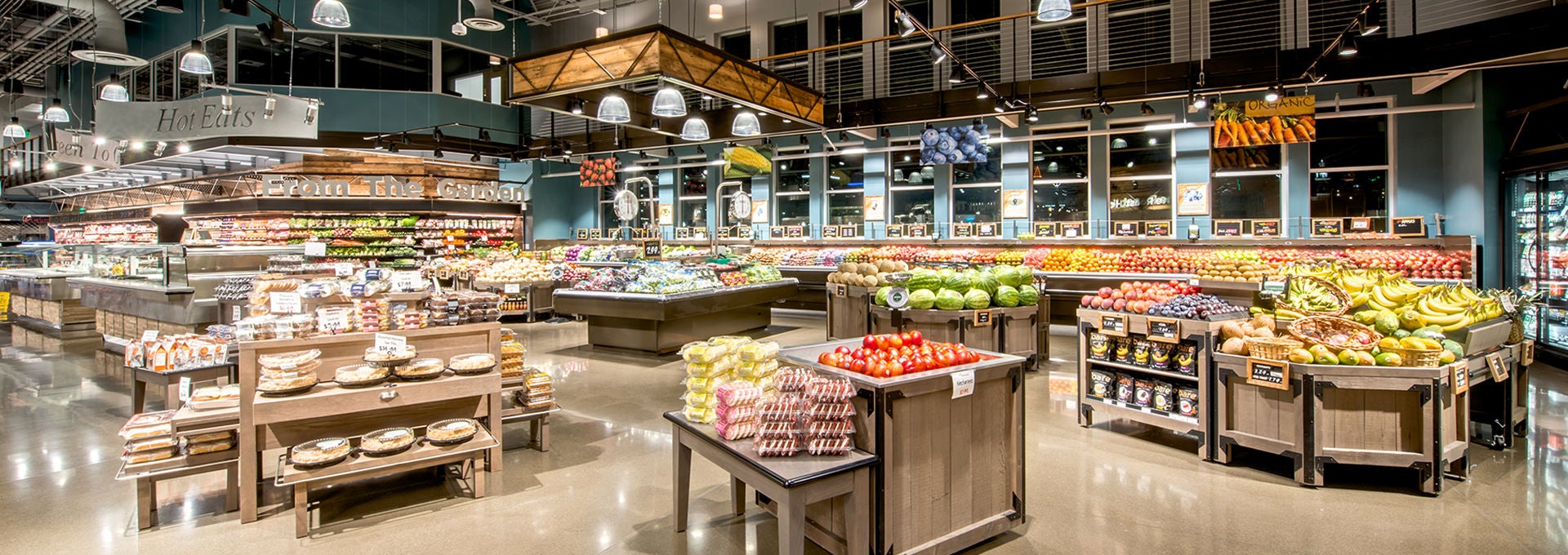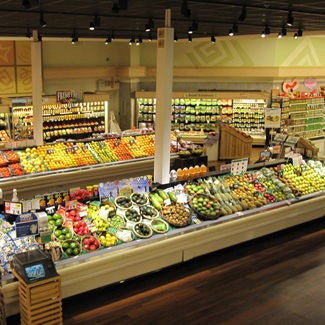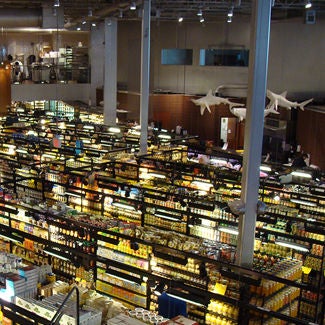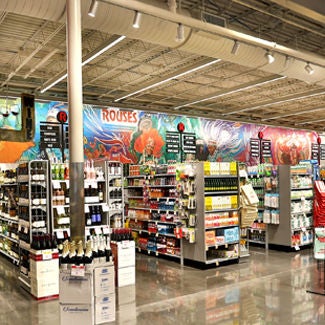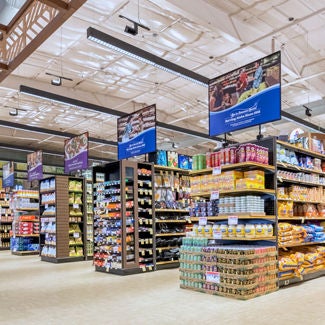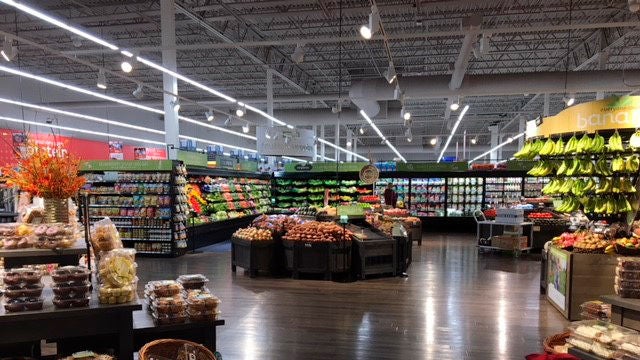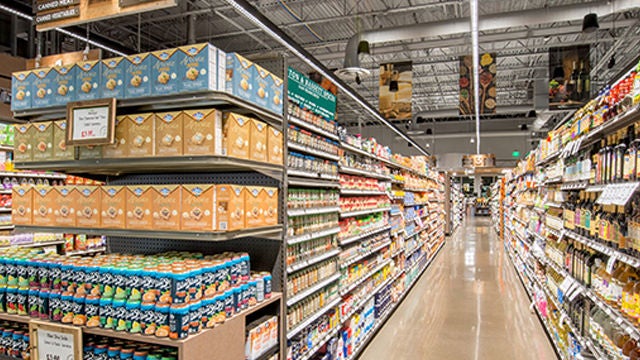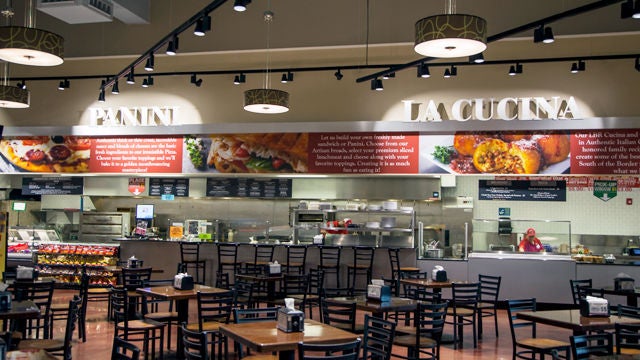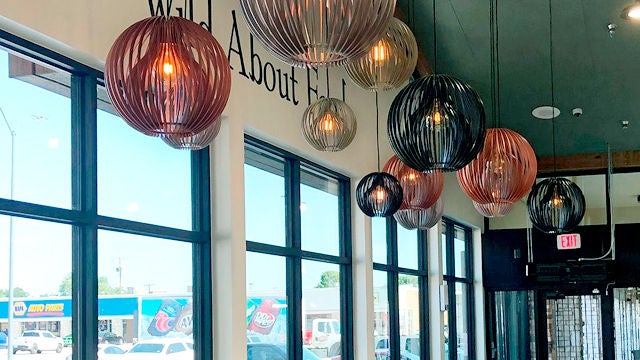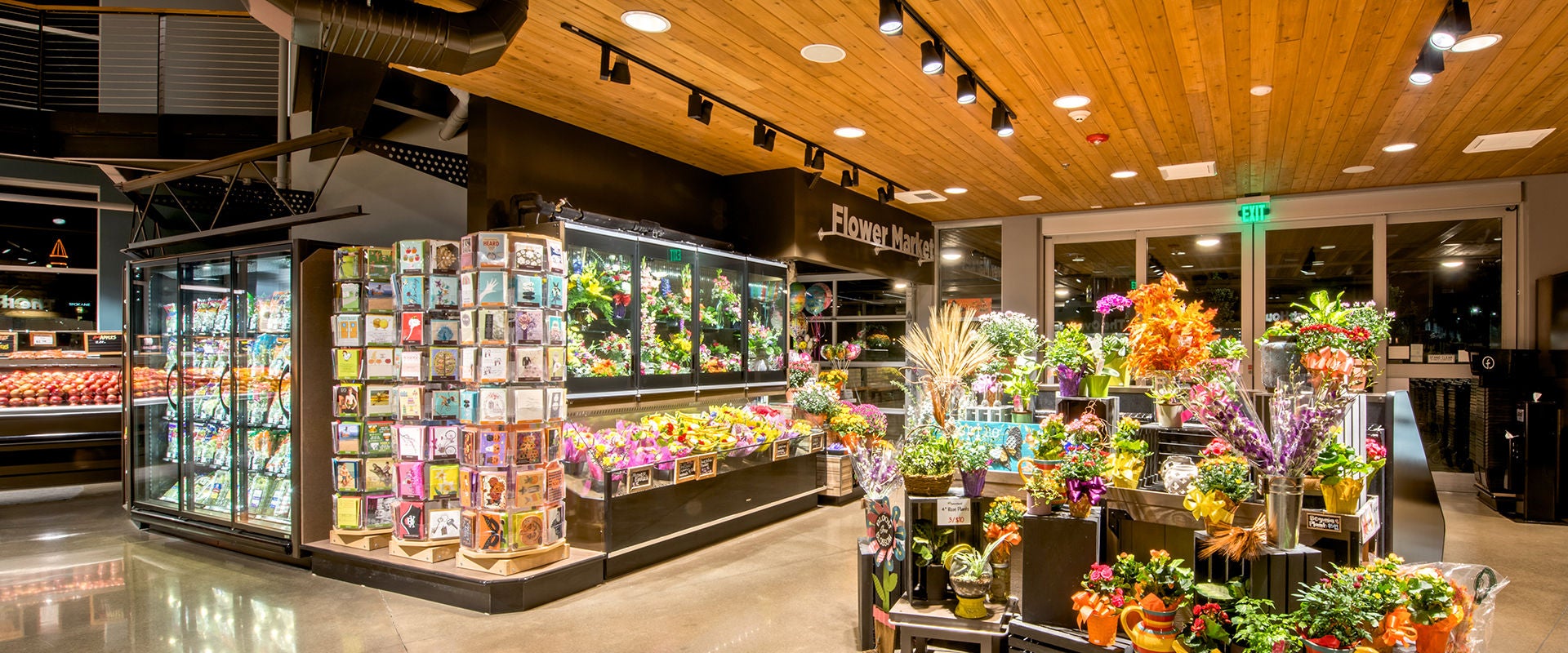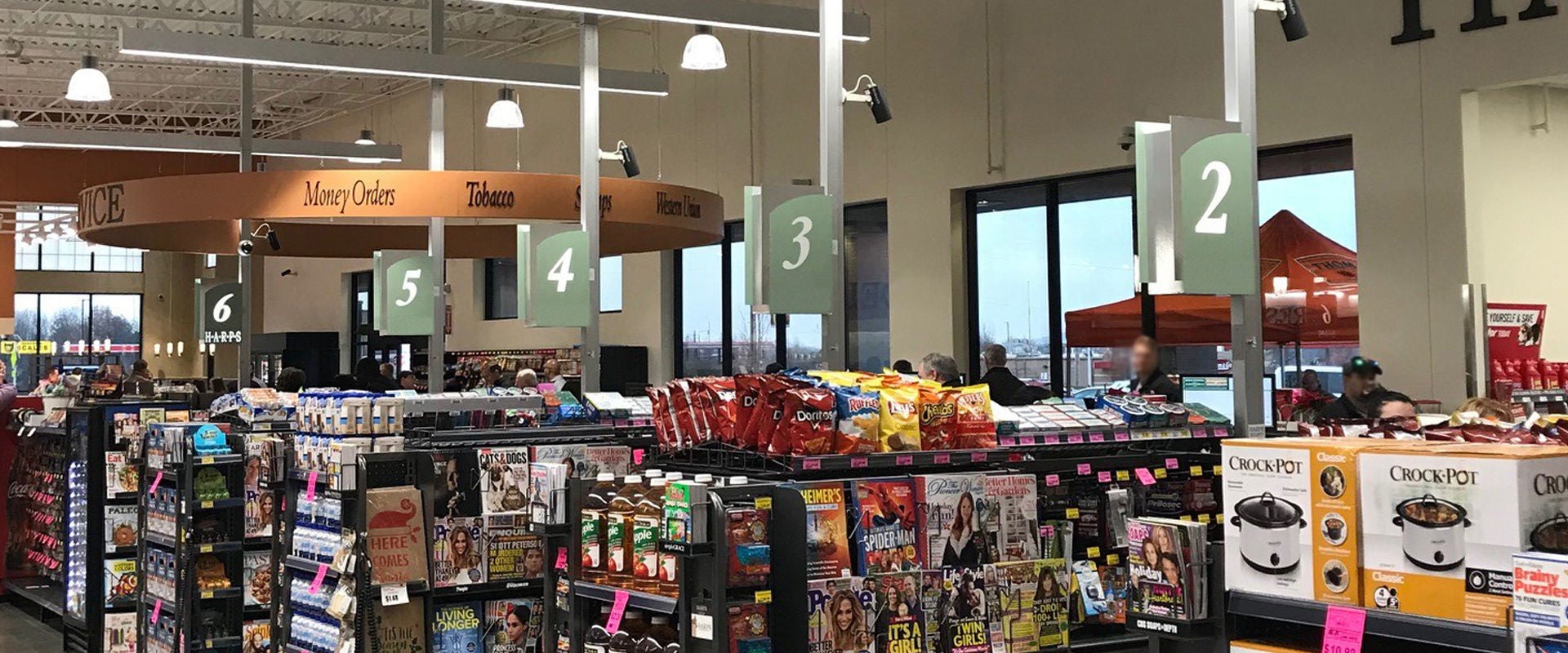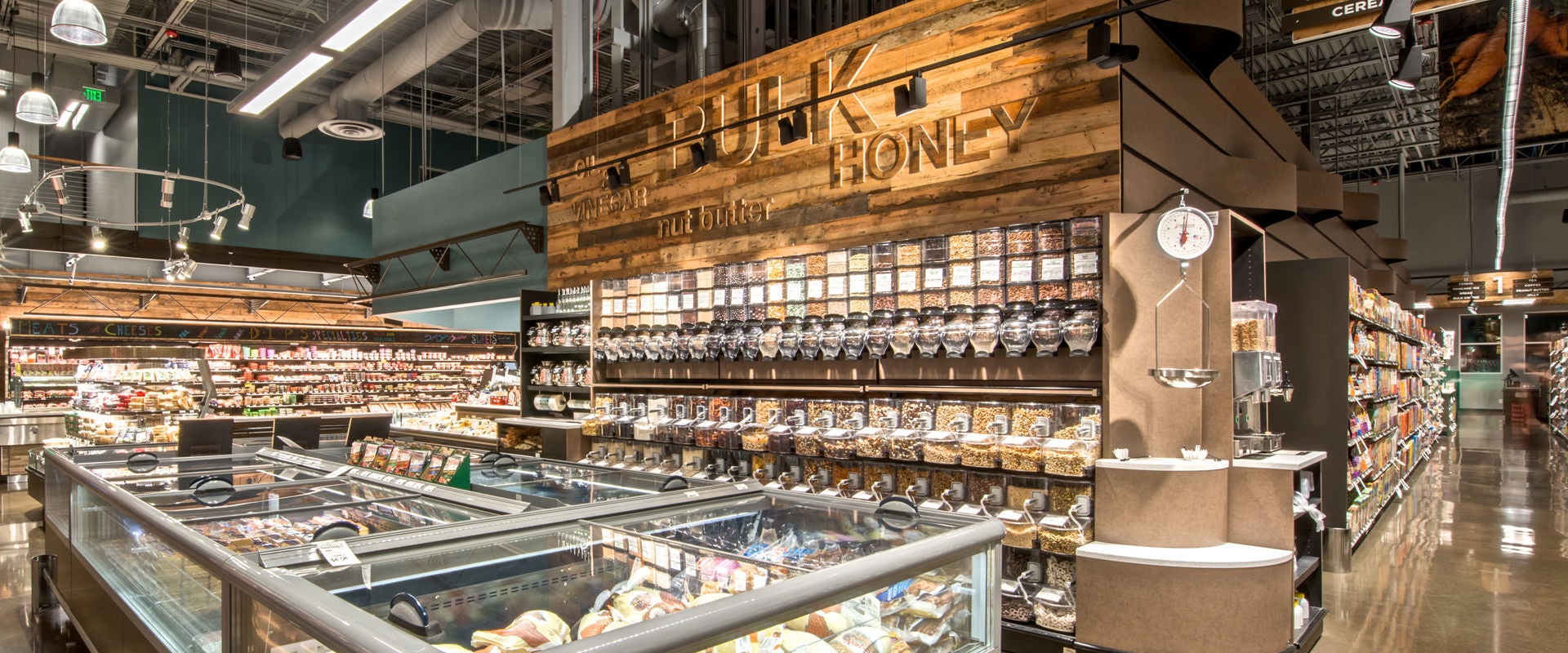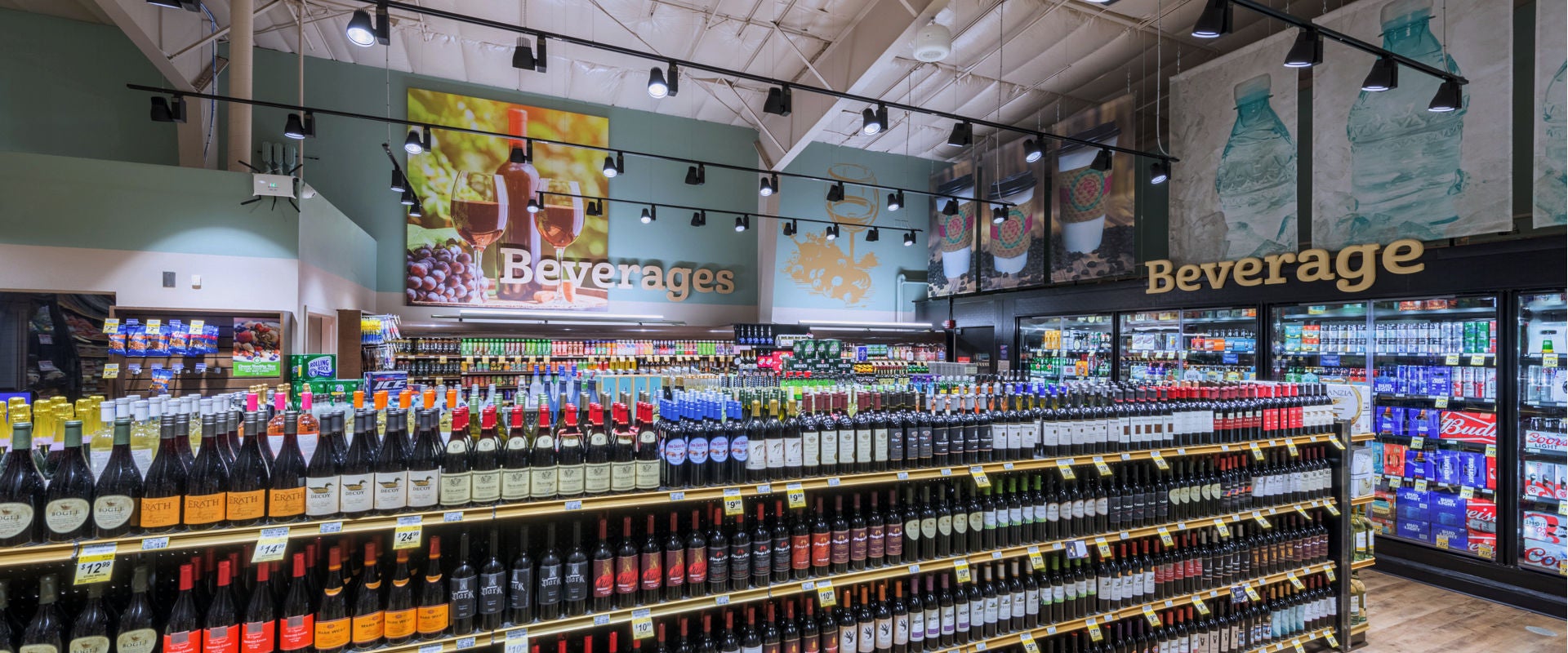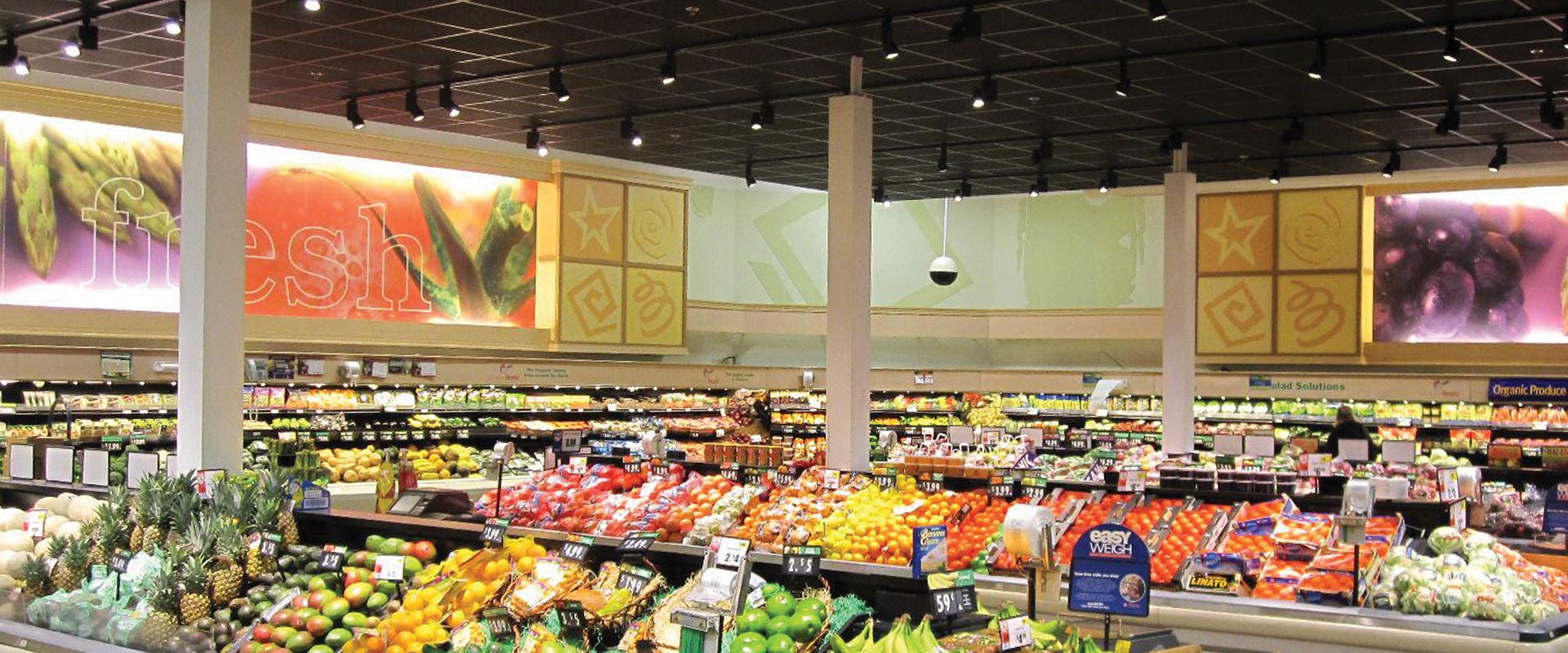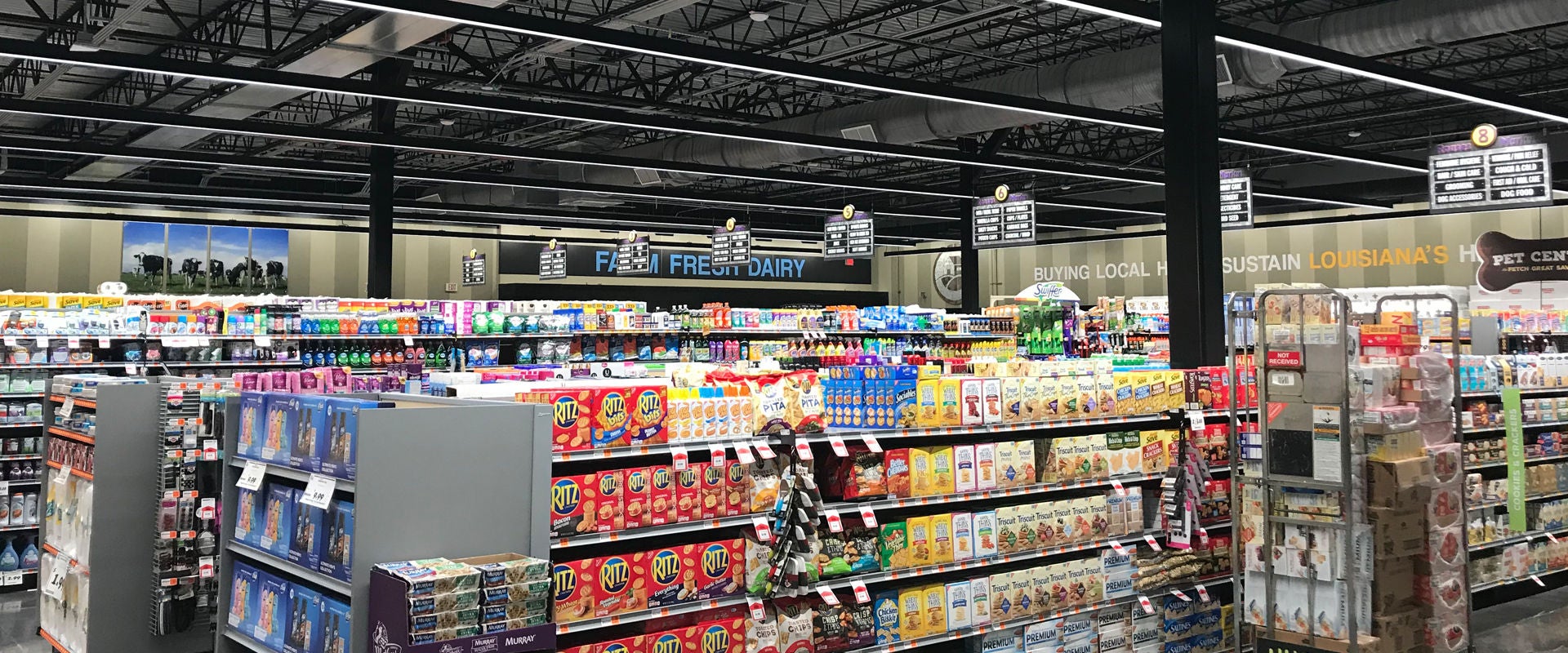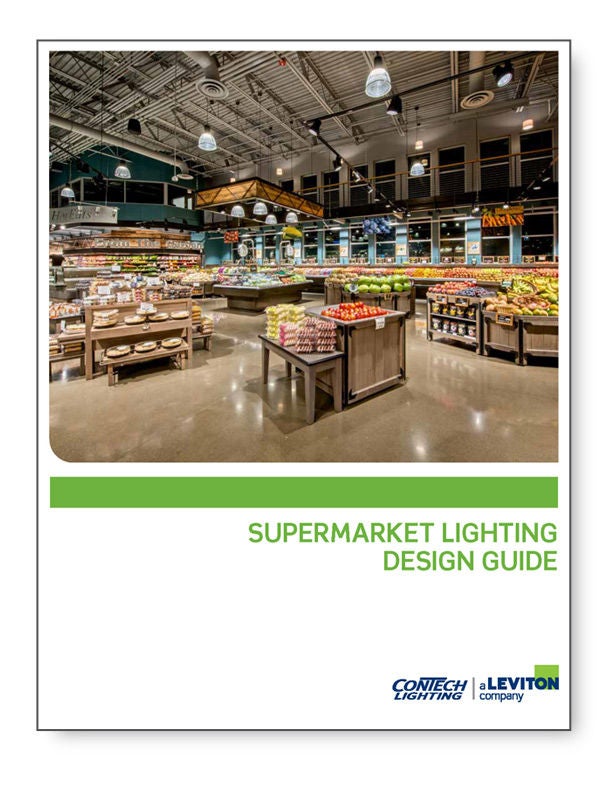Supermarkets are focusing on better design. Lighting plays a key role in creating the drama and excitement found within the specialty departments: produce, deli, seafood, bakery, wine and floral. These areas give merchants the opportunity to showcase goods that become impulse purchases and distinguish their store from the competition.
The quantity and quality of illumination, the impression it creates about the merchandise and the effect it has on the supermarket's appearance are all factors in a successful lighting design. A designer must consider a variety of key characteristics when developing their lighting plan including lamp life, system efficiency, lumen maintenance, color rendering and appearance, daylight integration and control, light distribution, points of interest, cost, system control and flexibility.
ConTech Lighting will guide you through the lighting process and be your lighting resource. It takes time and effort to ensure that the investment in lighting will be returned to the bottom line, and it’s a partnership ConTech will be involved with every step of the way.

